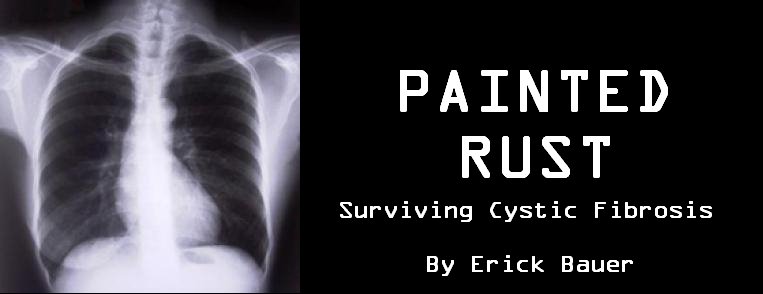After a solid month of frustration, things appear to be changing for the better.
In what has become a yearly ritual, I was once again rocked by a pretty severe lung infection this summer. I am assuming these reoccurring bouts are a result of seasonal changes, allergies, and the endless 16 hours days required to organize
Friends For Life every July. Nevertheless, the inevitable “summertime drop” in lung function and FEVI have become an ongoing reality.
To further complicate the matter, the prednisone, which has done a fantastic job of controlling and minimizing my symptoms over the last two years, has become an increasing concern. The
side effects of extended prednisone use vary in kind but not in severity. From osteoporosis, to diabetes, to liver and kidney failure, the drug leaves its mark on patients in many differing ways.
This week, after a particularly harsh month filled with lung, liver and kidney complications, I paid a visit to the medical team at
St. Michael’s Hospital.
My doctors discovered that my lung function and FEV1 had in fact dropped significantly – almost 20 per cent. To further complicate things, blood tests confirmed that my kidney and liver levels were severely out of whack – a definite side effect of the high levels of prednisone.
The team decided that the best course of action was to immediately start me on a 14 day course of antibiotics. The equation is simple, stop the lung infection, reduce my reliance on the prednisone and, in turn, improve my kidney and liver function.
Well, I am happy to report that after a week of antibiotic treatment I seem to be feeling much better. The tightness and coughing have certainly eased up, and my prednisone levels have remained at the relatively low dose of 10-15mg a day.
As I mentioned earlier, things appear to be changing for the better.
 Last week Emily Schaller, a 27-year-old with Cystic Fibrosis, began a 2,000-mile journey aboard a Vespa scooter - riding from Chicago to Burbank, California, in her quest to raise funds and awareness for CF.
Last week Emily Schaller, a 27-year-old with Cystic Fibrosis, began a 2,000-mile journey aboard a Vespa scooter - riding from Chicago to Burbank, California, in her quest to raise funds and awareness for CF.

